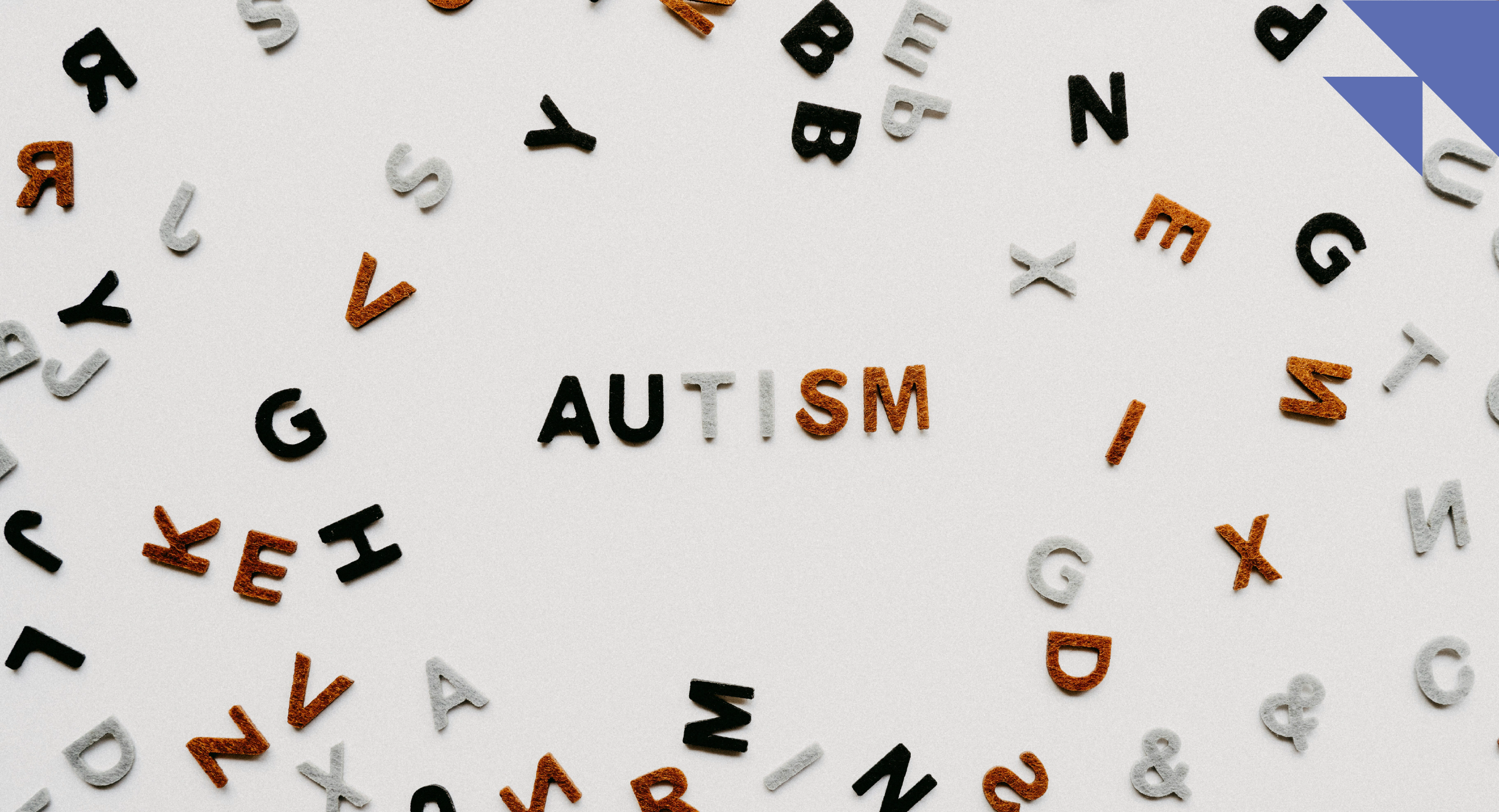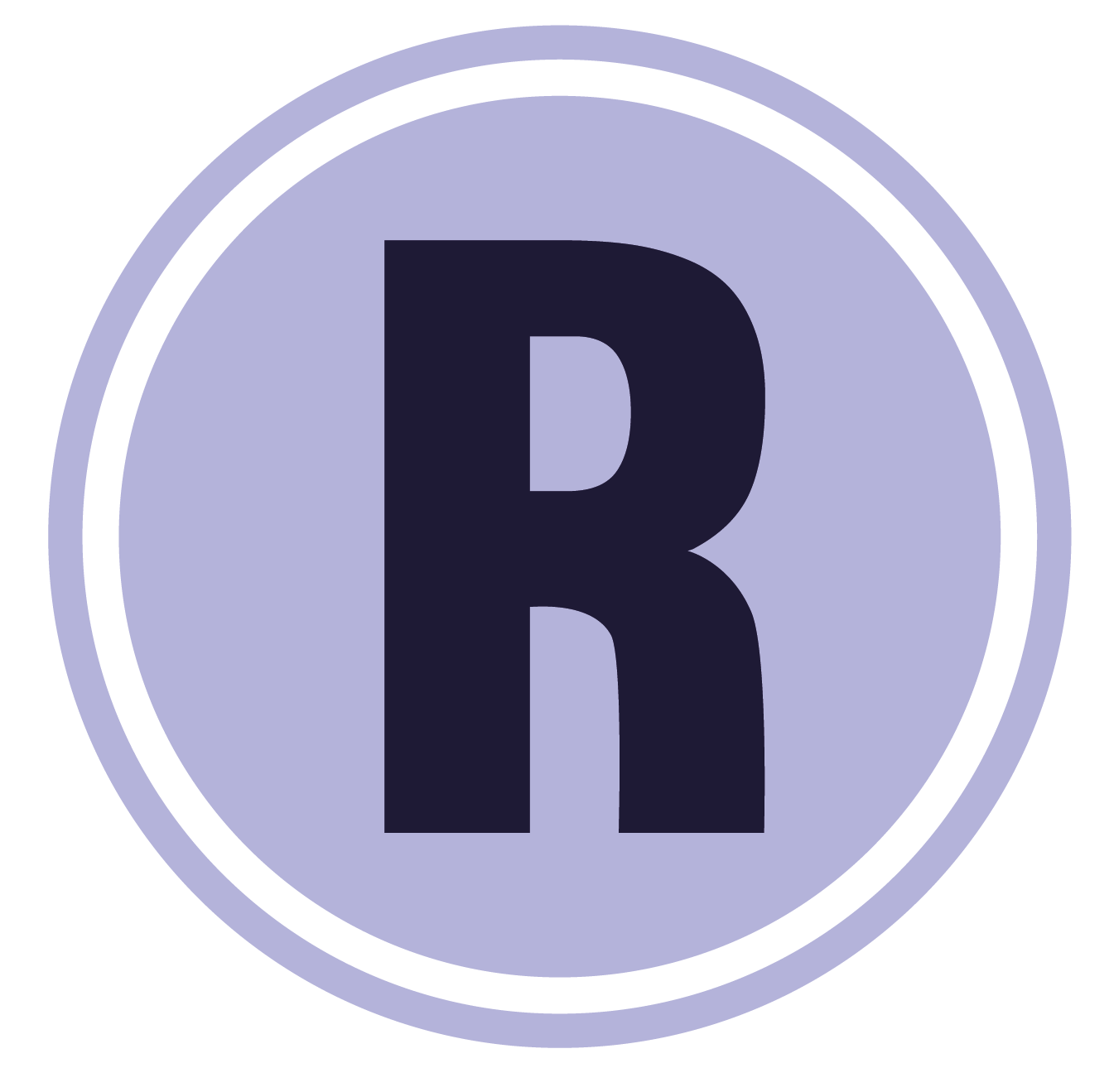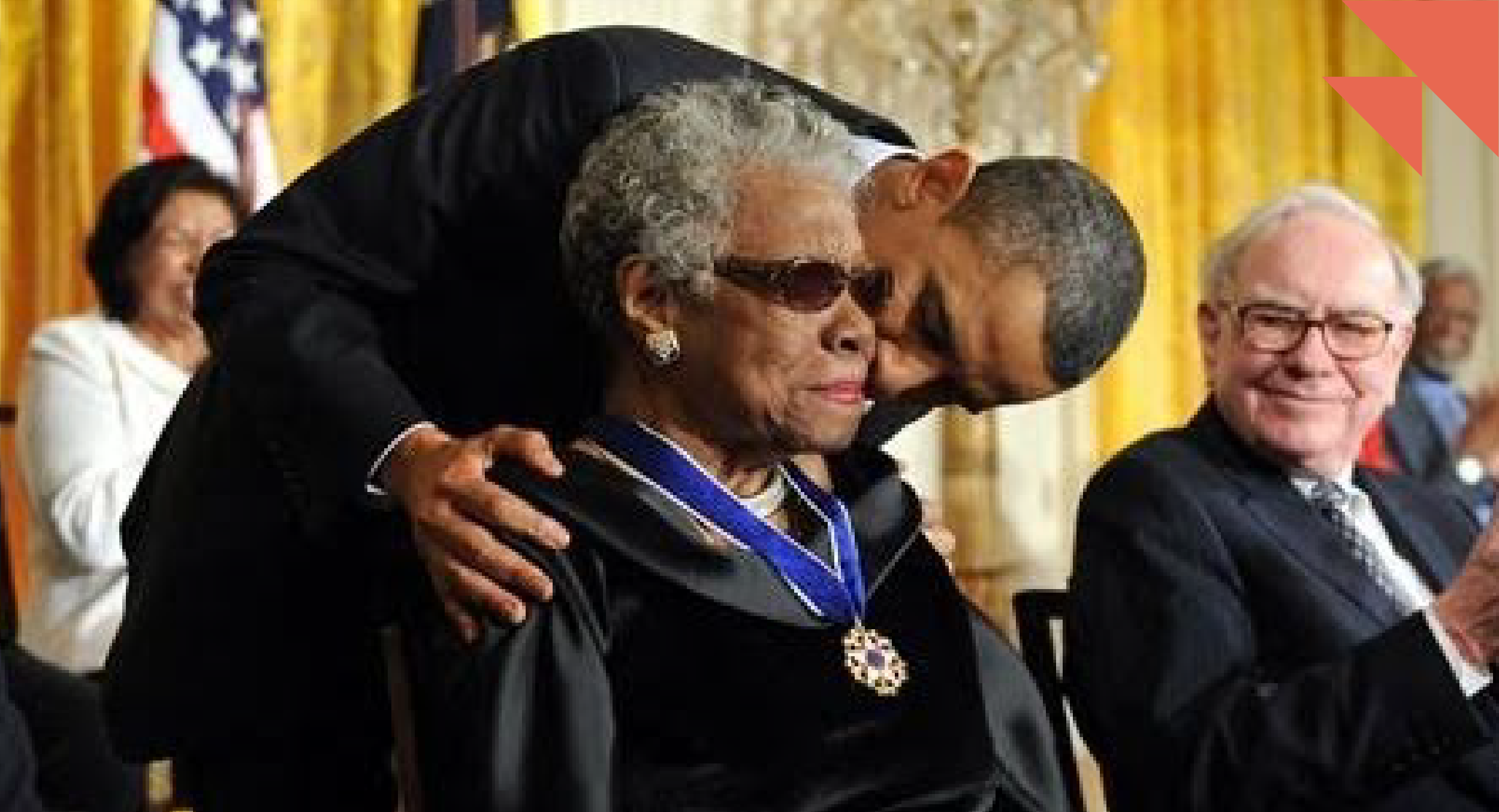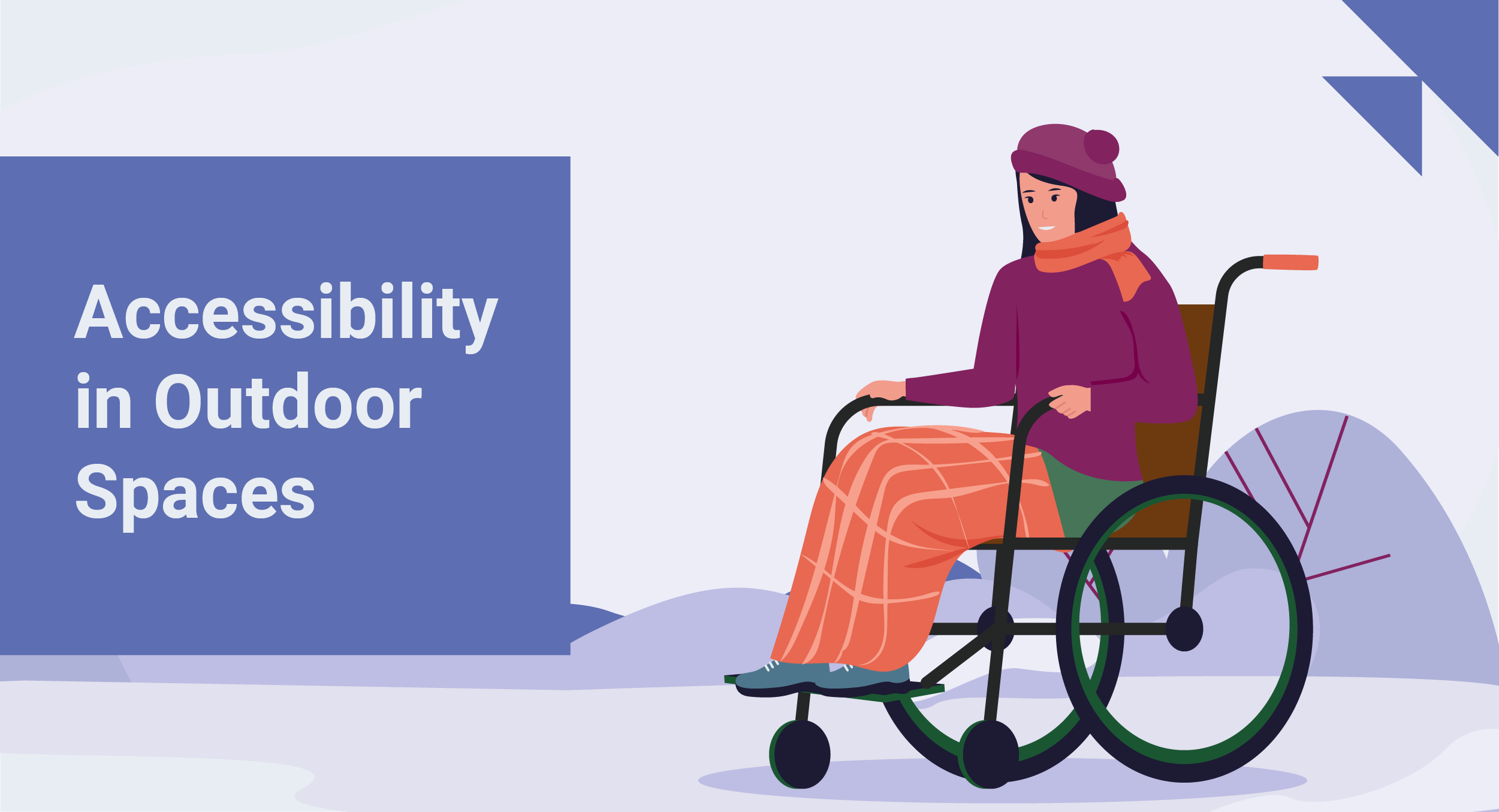7 Women with Disabilities Who Inspire Inclusion
International Women’s Day (IWD),established in 1911,and Women’s History Month have been catalysts for advancing women’s equality across a variety...

 Relay Resources
:
Apr 30, 2024 9:00:00 AM
Relay Resources
:
Apr 30, 2024 9:00:00 AM
April is Autism Acceptance Month, because simple “awareness” of autism isn’t enough. In recent years, many public spaces and workplaces have been introducing inclusive design elements for people with autism.
For example, museums and movie theaters now host “sensory screening” experiences for those sensitive to noise or light, while some grocery supermarkets have introduced “quiet” hours for shoppers with fewer crowds and less stimuli. Public spaces like inclusive playgrounds and classrooms have led the way in reimagining how we think about how to design spaces for children with sensory issues. Even whole communities are getting involved: Mesa, Ariz., has become the first-ever Autism Certified City in the United States by offering certified sensory guides and autism-friendly itineraries.
Society’s understanding of autism spectrum disorder (ASD), historically a very misunderstood disorder, has changed dramatically in recent years.
People with ASD make invaluable contributions to the workforces and their communities, but they often need the right environments to thrive. We’ve gathered up some ways in which people are creating inclusive spaces for people with autism.
According to the National Institute of Mental Health, autism spectrum disorder (ASD) “is a neurological and developmental disorder that affects how people interact with others, communicate, learn, and behave. Although autism can be diagnosed at any age, it is described as a ‘developmental disorder’ because symptoms generally appear in the first two years of life.”
People with autism spectrum disorder communicate and respond in different ways and can be more sensitive to stimuli like the aforementioned noise and light, or any crowded environment like a school hallway or a concert. They might prefer to wear headphones, not make eye contact, or have a keen eye for certain details or facts.
We must be careful, however, not to associate all aspects of autism with every person who identifies as a person with autism. “If you’ve met one person with autism,” the saying goes, “Then you’ve met one person with autism.” Everyone is different, which is often why the word “spectrum” gets associated more with autism than with other mental or developmental disabilities. Yet these “differences” should be celebrated, as people with autism can bring unique talents and traits to their respective communities.
Autism is a subcategory of neurodivergence, with its own specific traits. Other aspects of neurodivergence could include ADHD or other learning disabilities. Neurodiversity is the idea that people “experience and interact with the world around them in many different ways; there is no one ‘right’ way of thinking, learning, and behaving, and differences are not viewed as deficits,” as Harvard Medical School notes.


Installing sound-absorbing materials or acoustic panels can help with overall noise reduction, but offering a quiet space or “quiet zone”—whether that’s a specific office, side area, or comfy space at the end of a hallway—can be beneficial for those who might find a bustling office environment too stimulating. Consider setting aside a specific area to be a designated quiet zone and make sure to clearly label the area as such so that the space is respected, just like a library. Other options could include having quiet hours during certain parts of the day.
Photo by Dollar Gill on Unsplash
Allowing people with ASD to use noise-canceling headphones can also be helpful to shut out surrounding noise. Offering those with ASD headphones or the ability to work remotely on days when you know there might be extra noise—during construction, for instance—can also be helpful. Both quiet zones and the use of headphones can improve others’ focus and overall calmness as well. These accommodations will not only help the individual but the overall vibe of your office/classroom as well.
Harsh lighting conditions can be difficult for anyone. While it might be nice to have bright lighting in a giant warehouse or while picking out your groceries, who wants to concentrate on a task while accompanied by Costco-like lighting?
A person with autism spectrum disorder might find such light conditions debilitating. Bright fluorescent or flickering lights can also disrupt processing. On the flipside, spaces like bars, movie theaters, and some museum exhibits can be too dark and disorienting, necessitating the need for more light. Dimmers, natural light, light therapy lamps, incandescent bulbs, and allowing people to customize the lighting in their personal space are all great tools to make a space warm and comforting.
 A new experience or space can be daunting for someone with autism. Clearly defined markers and directions can do wonders for people in a new environment. Signs with symbols are easier to read for people with autism. Including color-coded signage or a plethora of visual signage can help increase navigation for people with ASD.
A new experience or space can be daunting for someone with autism. Clearly defined markers and directions can do wonders for people in a new environment. Signs with symbols are easier to read for people with autism. Including color-coded signage or a plethora of visual signage can help increase navigation for people with ASD.
Photo by Robert
Ruggiero on Unsplash
Bold colors or stark colors like bright white, red, or yellow can overstimulate a person with autism. This can be avoided by picking “soft” colors in writing or in the workplace. Think springtime pastels—purple, green, lavender, etc.
Playgrounds, airports, and other places have begun introducing tactile elements in their spaces, or entire rooms to appeal to those with autism or neurodivergence. The PDX airport recently unveiled a sensory room in Concourse D featuring cozy seating, activity panels, interactive lighting and fabric covered walls. It joins other airports across the U.S. like Sea-Tac and Atlanta’s Hartfield-Jackson airport to offer such sensory rooms to weary or anxious travelers.
In the workplace, allowing simple things like fidget spinners or a space to move around in during breaks can also be beneficial.

A sensory room at Portland International Airport. Photo courtesy of Port of Portland.
Avoiding certain euphemisms, sarcasm, or slang in company culture can help eliminate confusion or exclusivity—not only for people with disabilities, but also for people for whom English (or whatever language is spoken in your space) might not be their native one.
Any new changes in the office or the home environment should be explained well in advance so that people with ASD have time to adjust. Also, any future disruption or changes to particular schedules or routines should be announced.
After the inclusive space has been implemented, take some time to survey everyone who uses it, and take their feedback into consideration as you move forward. It's a work in progress!
Everyone with autism is different. Don’t assume that because you know one person with autism, you know what someone else will be like. Don’t assume that an autistic person doesn’t have empathy because they’re autistic or have different social cues. Be kind and patient, and learn what each person’s needs and abilities are. Some people with ASD or neurodivergence might live by a different social etiquette than the “norm.” But what is normal? Everyone is unique, with distinctive strengths. Difference is not deficiency.
Relay Resources offers employment and business solutions for and with people with disabilities; our mission is to cultivate meaningful work for people with disabilities. Learn more about what Relay Resources does here, along with how you can support inclusive workplaces or find employment.

International Women’s Day (IWD),established in 1911,and Women’s History Month have been catalysts for advancing women’s equality across a variety...

Spring has arrived here in Portland, Ore., and as we welcome warmer weather, blooming flowers, and more daylight hours, we might also notice a change...

People with disabilities often face barriers to getting outside, not just because of their “ability,” but because of factors like ableism and lack of...